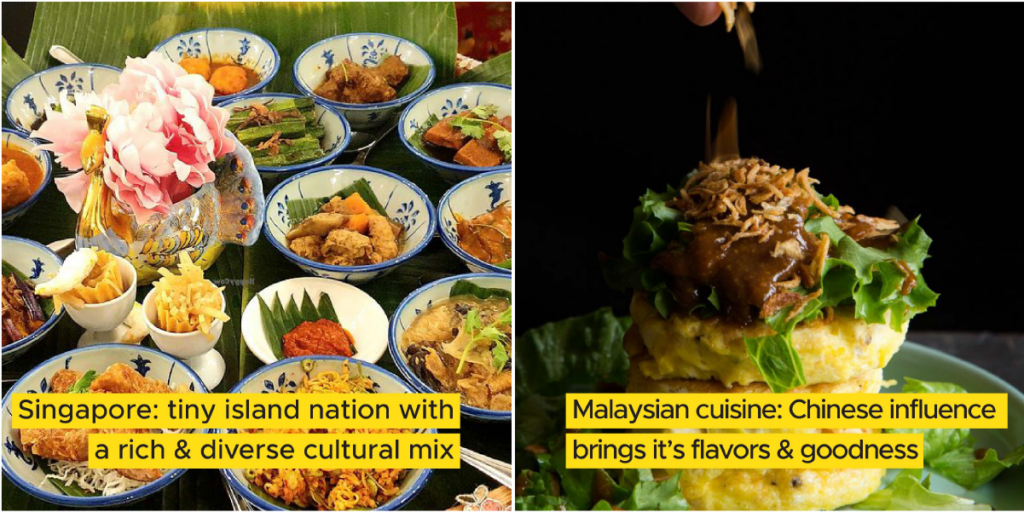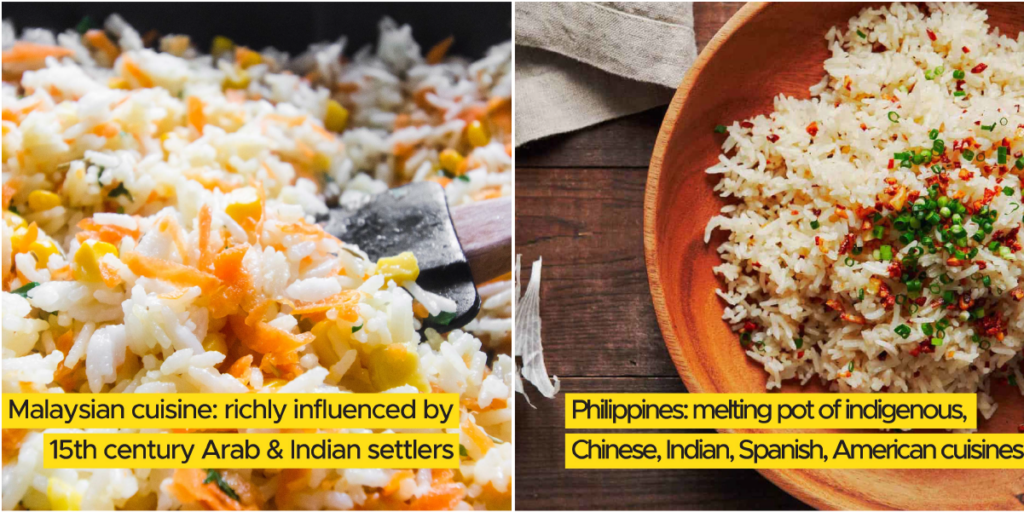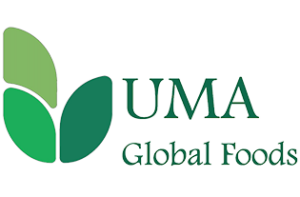THE UNITED NATIONS OF S.E.ASIAN CUISINE
The United Nations of S.E.Asian Cuisine

In turn, Malaysia has lent its influence to the uniquely Peranakan cuisine of Singapore. Also known as Nyonya, it is a blend of Chinese, Malay and Javanese cuisine that is gravy rich, spicy and colorful.
Further east the rich tropical fruits, vegetables and coconuts blend effortlessly with the Malayo-Polynesian-Hispanic influence that comes together like the United Nations that best describes the Filipino cuisine.
All these areas represent ancient cultures and wisdom that effortlessly corelated food with wellness

Singapore: tiny island nation with a rich & diverse cultural mix
Nothing reflects Singapore’s cultural diversity better than it’s homegrown Peranakan cuisine, a delicious hybrid of Chinese, Malaysian & some Western influences. A unique ingredient in many Peranakan dishes is the buttery candlenut, which is rich in good fats, and used in curries and satays as a creamy, thickening agent. Candlenuts are a good source of potassium and are also used traditionally to treat digestive problems.
Malaysian cuisine: Chinese influence brings it’s flavors & goodness.
What we know as Malaysian cuisine has also been heavily influenced by early settlers from China & India. The Chinese, predominantly from Fujian and Guangdong provinces, brought many traditional foods. One such was tofu, which features in Malaysian curries such as Tauhu Goreng (tofu with peanut sauce) or Sambal Tauhu (spicy tofu). Tofu is rich in phytoestrogens which protect against osteoporosis, reduce cancer risk and heart disease.

Malaysian cuisine: richly influenced by 15th century Arab & Indian settlers
Typical Muslim-influenced Malaysian food has rice as the staple, with signature dishes like Nasi Goreng, Nasi Lemak, Rendang curries. Nasi means rice, and in these dishes, it’s stir-fried with coconut milk, spices and offers vegetarian options as well. Malays eat varieties of short-grain sticky rices (white, red, brown). Rice is considered to be filling & healthy too, providing essential B Vitamins, fiber, minerals like niacin, thiamine, selenium.
Philippines: melting pot of indigenous, Chinese, Indian, Spanish, American cuisines
Filipino foods have integrated many global flavors & ingredients. However, their core, everyday dish is Sinangag, a garlic stir-fried rice, sometimes eaten for breakfast too. It’s flavorful but also considered healthy because of garlic. And indeed garlic has been proven to have strong therapeutic benefits of lowering blood pressure, cholesterol & triglycerides, in addition to helping reduce absorption of blood sugar in diabetics.






